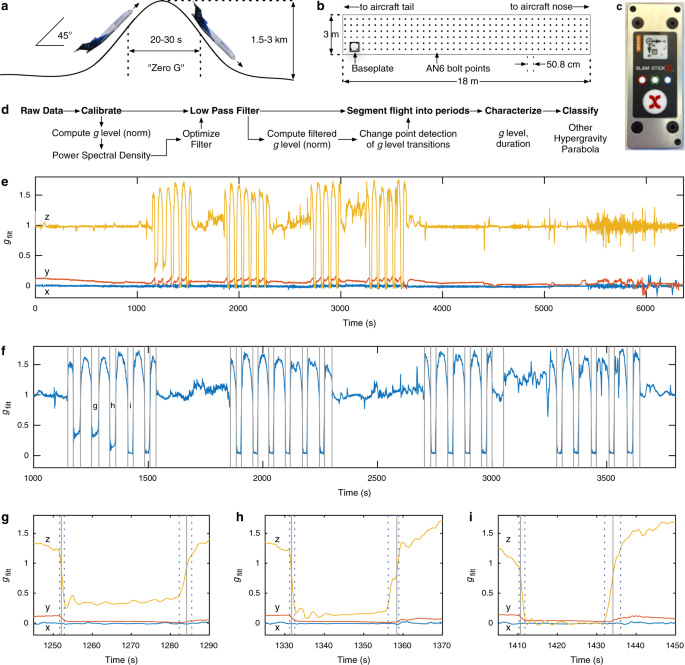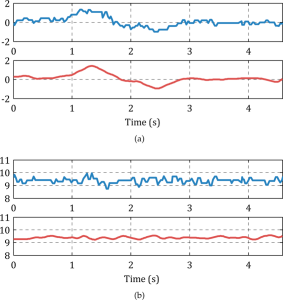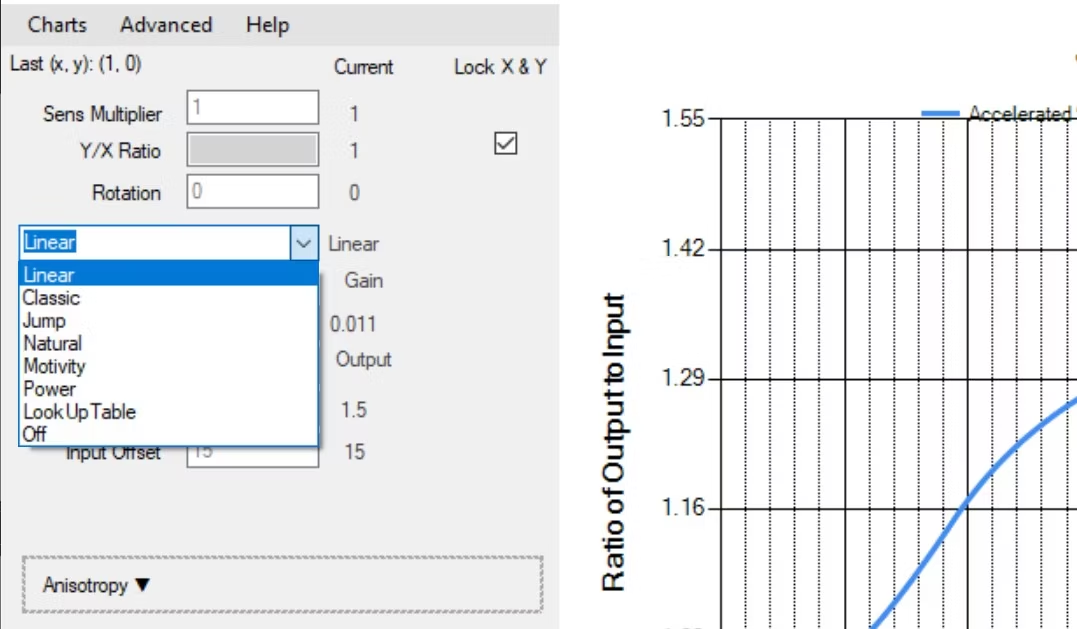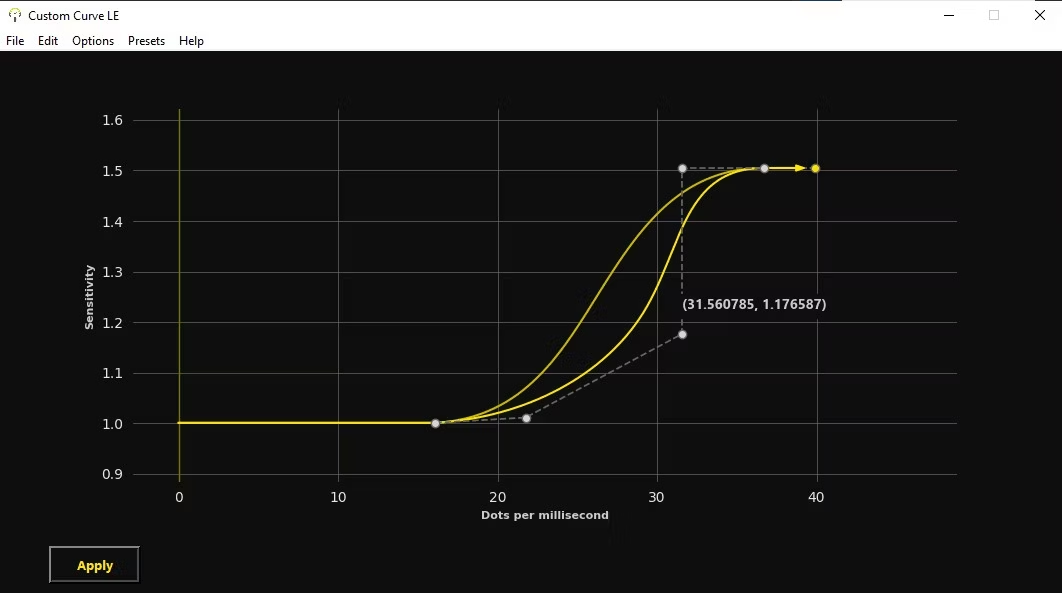Raw Accel data is a cornerstone for various applications, but unlocking its full potential requires efficient processing and analysis. How is Raw Accel data processed and analyzed? This comprehensive guide delves into the intricacies of Raw Accel data processing, shedding light on techniques, tools, and best practices for deriving meaningful insights from raw acceleration readings.
Understanding Raw Accel Data
Before delving into processing techniques, let’s grasp the essence of Raw Accel data. Raw Accel data comprises unfiltered acceleration readings captured by hardware accelerometers. These readings represent changes in velocity over time and are typically provided in three axes: x, y, and z. Raw Accel data is a fundamental input for various applications, including motion tracking, gesture recognition, structural health monitoring, and more.
1. Pre-processing Raw Accel Data
The journey of Raw Accel data analysis begins with pre-processing, where raw sensor readings undergo cleaning and conditioning to enhance data quality. Pre-processing steps may include:
Filtering: Removing noise and outliers using digital filters such as low-pass, high-pass, or band-pass filters.
Calibration: Adjusting sensor readings to account for bias, scale factor, and cross-axis sensitivity.
Sampling: Resampling data to ensure uniform time intervals and mitigate aliasing effects.
Normalization: Scaling data to a standard range facilitates comparison and analysis across different datasets.
2. Feature Extraction and Selection
Once pre-processed, Raw Accel data is ready for feature extraction, where relevant information is distilled into meaningful features for analysis. Feature extraction techniques vary depending on the application but may include:
Time-domain features: Statistical metrics such as mean, variance, skewness, and kurtosis are calculated over time windows.
Frequency-domain features: Spectral characteristics obtained through techniques like Fourier transform or wavelet analysis.
Time-frequency domain features: Joint time-frequency representations such as spectrograms or wavelet scalograms capture temporal and spectral information.
Feature selection involves identifying the most informative features while minimizing redundancy and dimensionality. Techniques such as principal component analysis (PCA), recursive feature elimination (RFE), or mutual information-based methods aid in selecting optimal feature subsets for analysis.
3. Data Analysis and Interpretation
Raw Accel data undergoes analysis with extracted features in hand to derive insights and actionable information. Analysis techniques vary based on the application but may include:
Pattern recognition: Classifying motion patterns or gestures using machine learning algorithms such as support vector machines (SVMs), random forests, or deep neural networks.
Anomaly detection: Identifying abnormal or unexpected behavior indicative of faults or anomalies in structural health monitoring or predictive maintenance applications.
Trend analysis involves tracking changes in acceleration patterns over time to detect trends, anomalies, or recurring patterns in data streams.
Correlation analysis: Investigating relationships between acceleration data and external factors such as environmental conditions or operational parameters.
4. Visualization and Presentation
Effective visualization is crucial in communicating insights derived from Raw Accel data analysis. Visualization techniques such as time-series plots, scatter plots, heatmaps, and 3D trajectory visualizations help stakeholders intuitively understand complex patterns and trends. Interactive dashboards and visualization tools further facilitate the exploration and interpretation of analysis results.
Conclusion
In processing and analyzing Raw Accel data unlock many insights across diverse applications. From pre-processing and feature extraction to data analysis and visualization, each step is vital in transforming raw sensor readings into actionable information. By leveraging advanced techniques and tools, organizations can harness the power of Raw Accel data to drive innovation, optimize operations, and unlock new opportunities in an increasingly data-driven world.






